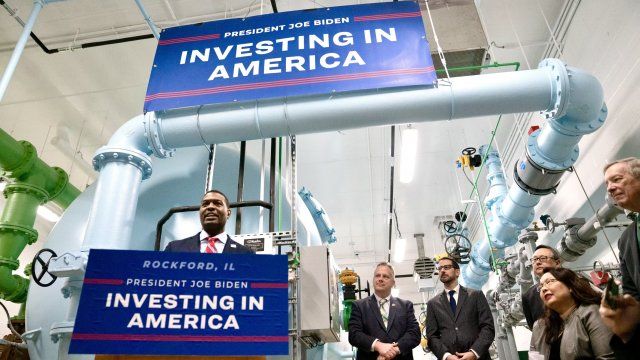
26 Apr 2024
US and EU Crawling Along with CO2 Reduction Initiatives
A new policy from the US Environmental Protection Administration (EPA) will require coal- and natural gas-fired power plants to “control” 90 percent of their CO2 emissions by the year 2032.
Following this policy by 2047 will eliminate a total of 1.38 billion metric tons of CO2 emissions, according to the EPA. The federal government will need to work with states and the utilities “as full partners in making this transition fair for energy workers and communities,” according to a statement from an industry association.
The policy is being reported as a “strict” one, but hardly seems so. The US currently produces on the order of 5 billion tons of CO2 annually, with about 30% of that coming from utilities. Thus, the new EPA policy will reduce this by 90 million tons per year – about 2% of the US total or 6% of the annual total produced by utilities. Even so, it is already being met by howls from different utility-industry associations and legal challenges to the policy are expected.
Meanwhile, the EUDCA is Keeping Score
Meanwhile, in the EU, the European Data Centre Association (EUDCA), an independent yet influential membership organization, is requiring members to report information about energy use and sustainability, its IT equipment usage, and data traffic, starting this year. The report requirements are part of the group's Energy Efficiency Directive, which it describes as its “interpretation of the EU regulatory framework.” First reports are due on September 15.
Both of these developments are baby steps, perhaps, but both reflect years of difficult work from a large number of concerned people. Getting utilities and data centers to synchronize with emissions-reduction and climate-change abatement programs is slow work indeed in the democracies of the developed world, given a public that may be in general support of energy-reduction and efficiency efforts but who still want their lights to go on and be minimally disrupted in their lives.
Photo from EPA.gov
Follow us on social media:


.d57b427b.png&w=3840&q=75)

















